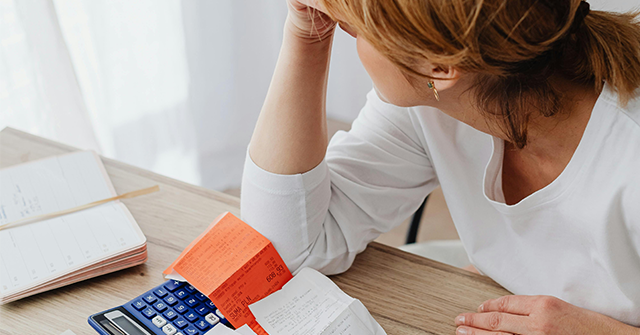The economic anxiety expressed by the American electorate has reached a disturbingly high level, prompting frustration amongst the pundit class. Recent poll data from sources like The New York Times/Siena indicate that a staggering 75% of likely voters perceive the state of the economy as either “poor” or “fair,” with only a minute percentage—3%—describing it as “excellent.” Similarly, the Economist/YouGov and Gallup polls corroborate this sentiment, revealing consistent responses that reflect widespread dissatisfaction. This divergence between the economic statistics reportedly showing a robust economic recovery and the public’s personal experience of hardship expands into a troubling commentary on the disconnect between expert analyses and voter perceptions.
In response to this negative perception expressed by the public, influential liberal economists are voicing discontent and challenging the voters’ interpretations of economic realities. Columnists like Catherine Rampell and Paul Krugman have published pieces arguing that the American economy is thriving under the current administration, emphasizing strong economic indicators. Even figures from organizations like Moody’s Analytics contend that the economy is performing well. Furthermore, proponents of Modern Monetary Theory such as Stephanie Kelton have declared this to be the best economic climate since the 1980s. However, this portrayal starkly contrasts with the far more pessimistic outlook held by most Americans, suggesting a significant rift between the so-called expert class and the electorate.
This rosy view of the economy seems almost laughable when observed through the lens of the general populace’s perception. Not only do few Democrats share the optimistic assessments of the economy, but only a trivial fraction—5%—think it is “excellent.” Meanwhile, a substantial portion of Democrats and a majority of independents express negative views, with significant percentages categorizing the economy as “poor.” The stability of these sentiments over the past six months further emphasizes that there has been little to no improvement in how the electorate perceives economic conditions. People’s more negative sentiments reflect their lived experiences, and rather than aligning with the glowing reports from economists, their assessment underscores a profound economic disconnect that has persisted for an extended period.
According to polling data, the economy remains the foremost issue in the upcoming elections, with 28% of voters deciding it as their top priority. This is more than double the number who selected abortion as their main concern. Furthermore, inflation is highlighted as a particular worry, with nearly 75% of respondents having curtailed their grocery spending due to rising costs. Gallup data emphasizes that a significant majority, 52%, rate candidates’ stances on economic issues as “extremely important,” marking it as seemingly the only highly significant issue for voters in this election cycle. This positions the economy at the forefront of voters’ minds leading into a critical election year, demonstrating the potential influence it may have on decision-making at the polls.
Against this backdrop of economic concern, former President Donald Trump maintains a notable lead over Vice President Kamala Harris regarding economic issues. Polling results from Times/Siena and Gallup indicate that a larger percentage of respondents believe Trump would handle the economy better than Harris. This trend is consistent across multiple dimensions including job creation, cost of living, and taxes. The data suggests that voters may favor “Trumponomics” over what’s viewed as “Kamalanomics,” highlighting a perception that former leadership might grapple with economic recovery more effectively. With Trump ahead on multiple specific economic measures, many are left to speculate how this could impact the upcoming electoral landscape.
Historically, Gallup has demonstrated that political parties associated with the most pressing issues as deemed by voters typically succeed in elections. With the electorate visibly disillusioned about the economy, the increasing panic felt by Democrats and their media allies can be understood. The fear is driven by the very real possibility that continued negative sentiment about economic conditions could lead to electoral losses, reminiscent of past years where public sentiment dictated electoral outcomes. The urgency expressed by pundits indicates a growing acknowledgment of the perilous nature of voters’ economic perceptions and the pressing need for political leaders to resonate more closely with their constituents’ experiences. Ultimately, the widening chasm between expert optimisms and public pessimism is setting the stage for a critical examination of economic narratives leading into an election season charged with potential economic consequences.

